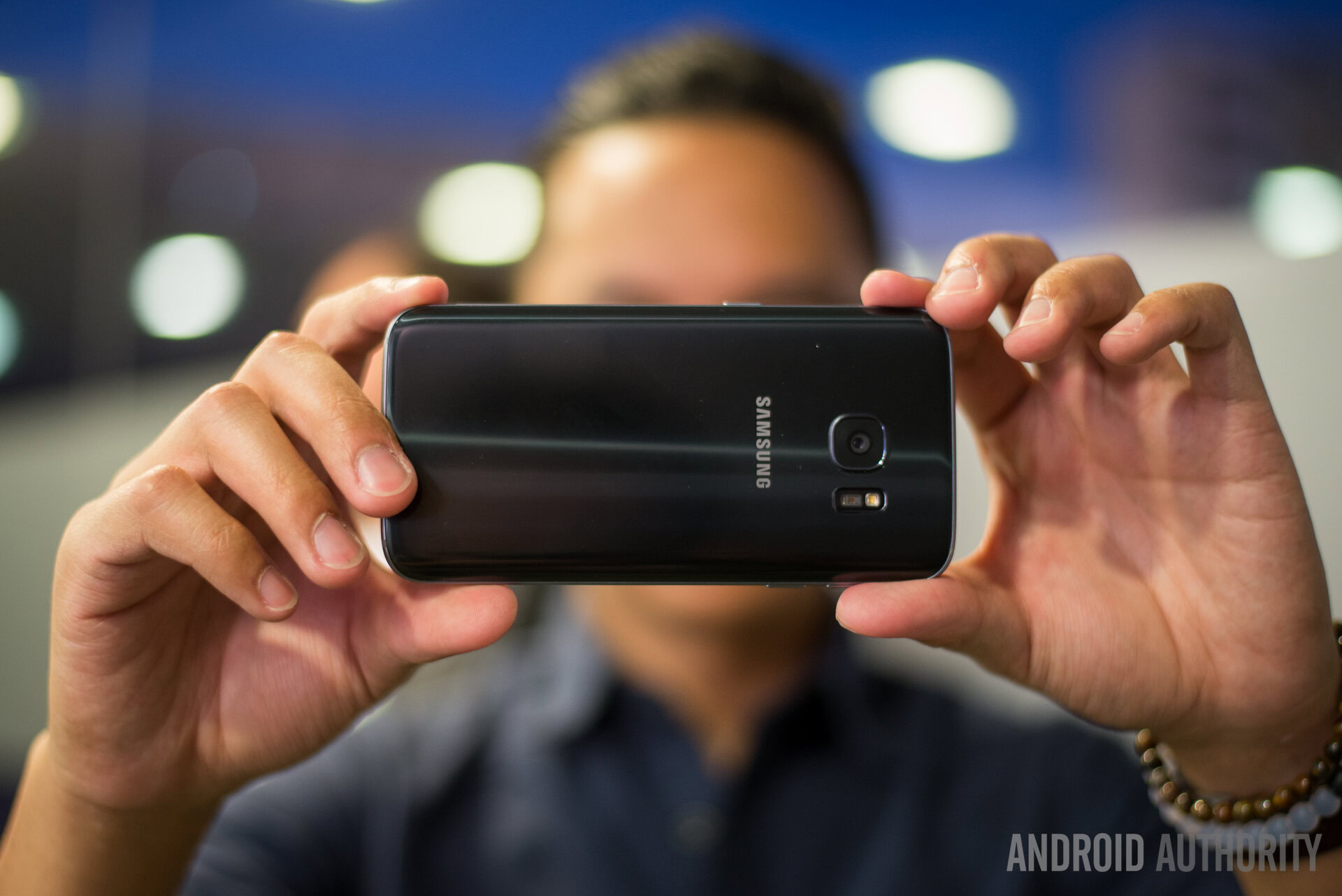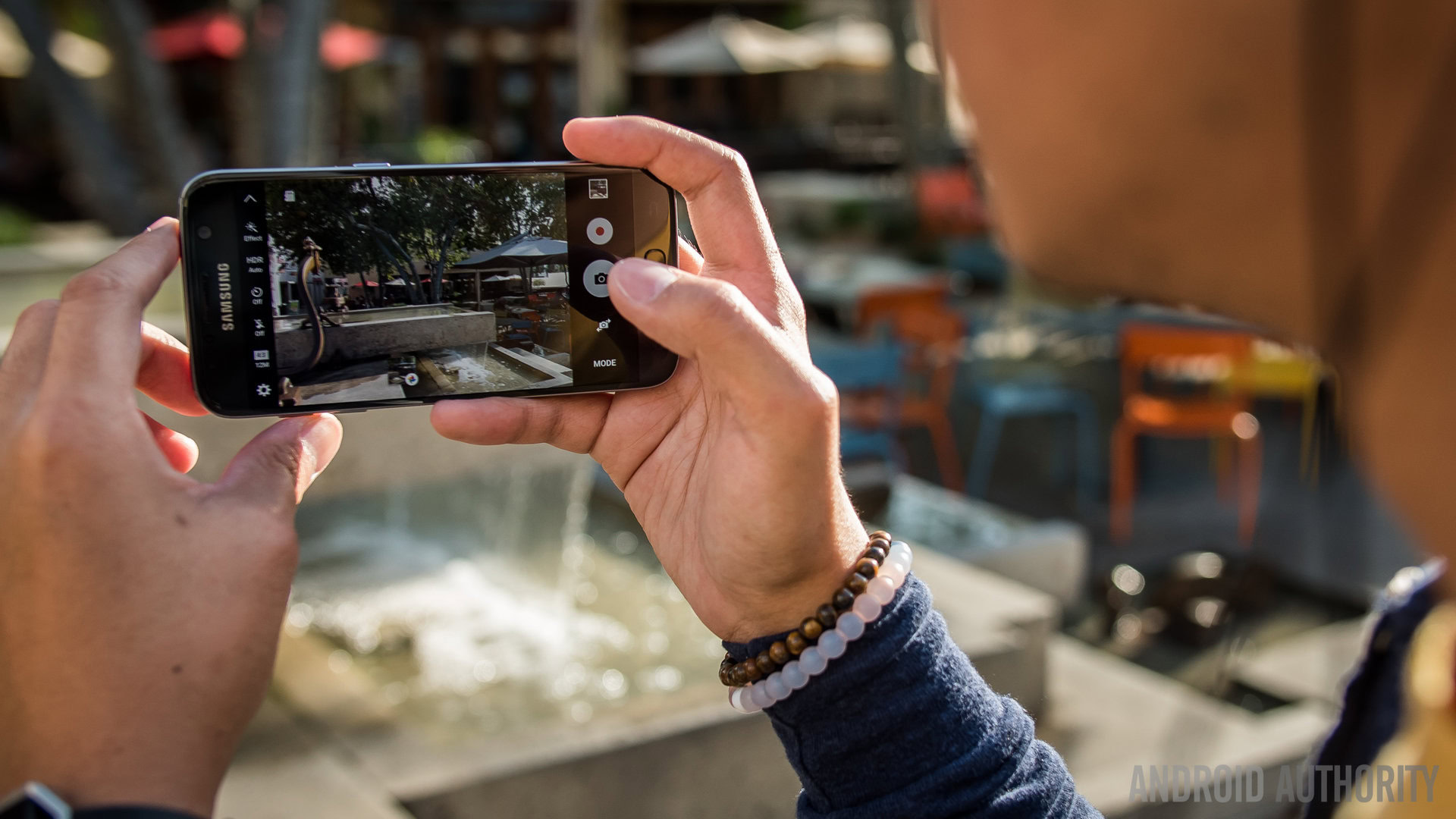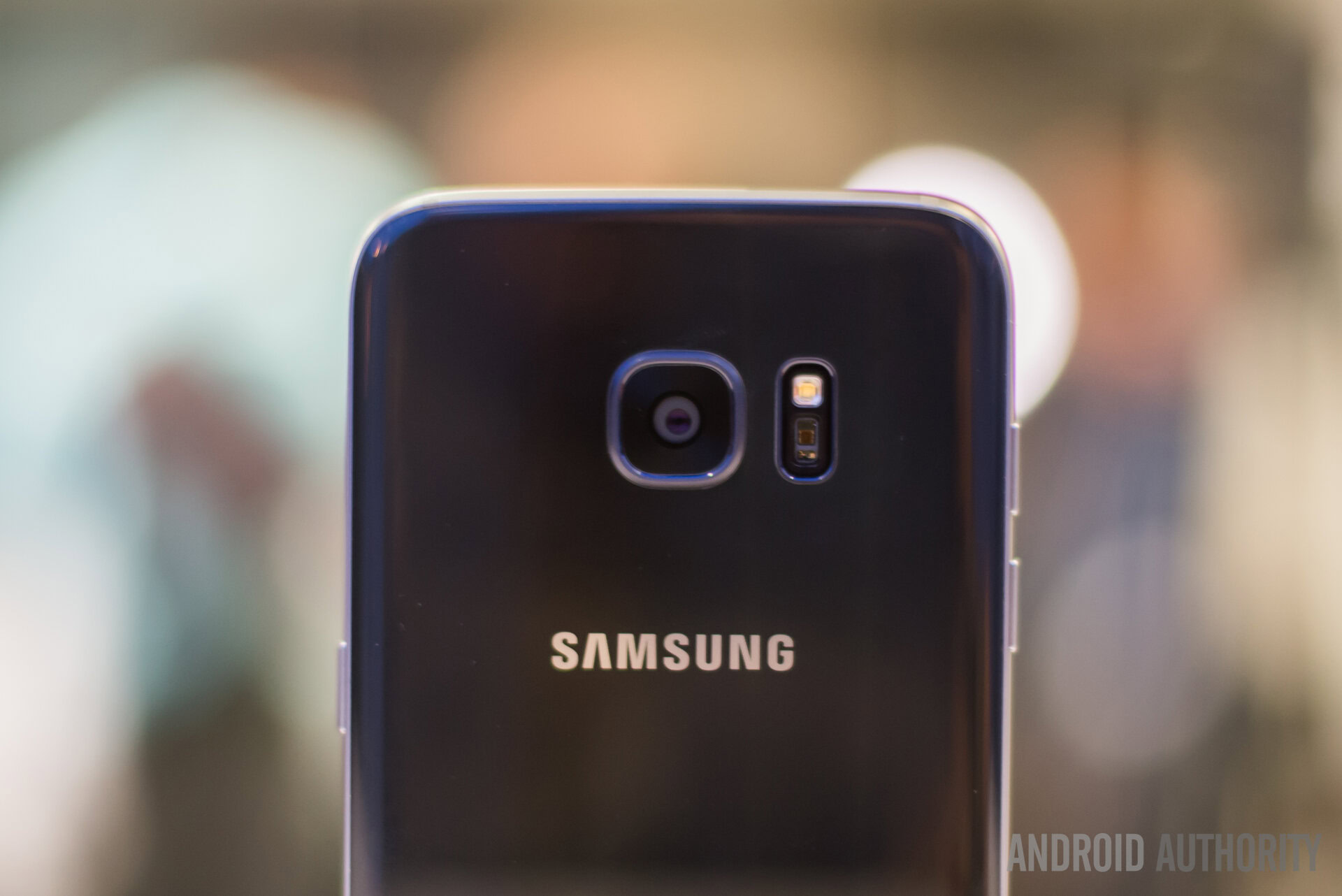Affiliate links on Android Authority may earn us a commission. Learn more.
Galaxy S7 Isocell vs Sony camera sensor: what's the difference?

You would have every right to believe all Samsung Galaxy S7 handsets are created equal, but such is not the case. And we are not only talking about differences in color; we recently discovered that there are two variants of the phone, shipping with different camera sensors. You could either get the Galaxy S7 (or S7 Edge) with a Samsung-made ISOCELL S5K2L1 sensor or a Sony IMX260 one.
Provided you’re the type that cares about the specs of your phone, this situation could be especially annoying when you can’t really predict which sensor you will be getting. And it wouldn’t be such a big deal if they performed exactly the same, but last year’s Samsung Galaxy S6 (which also had two different sensors) proved there can be some significant differences between cameras.

We have been playing around with multiple Galaxy S7 handsets with the two different sensors and we just had to put them against each other and see which sensor is this year’s winner. There sure are some differences, so let’s look into the details and see how they do against each other.
Sharpness
You have heard it here, there and everywhere. Photos in the Samsung Galaxy S7 are not as sharp when compared to the 16 MP counterparts. But which of these sensors will offer the most crisp photos available – Samsung’s or Sony’s?
Our test shots show that, in most cases, images taken with the Sony sensors are sharper than those coming from the ISOCELL sensor. This is only barely noticeable, though. You have to really zoom in to notice the difference. It’s definitely something you won’t notice unless you are an intense pixel peeper.
Winner: Sony IMX260
White balance
There was a bit of a discrepancy with white balance in the two Galaxy S6 sensors last year. Sony’s seemed to produce warmer images in broad daylight. It was only natural for us to take a deeper look into a possibly similar situation with the Galaxy S7, and sadly the same appears to be the case.
Take a look at the images below. Things definitely look more yellow on the images taken with the Sony sensor. For a clearer look, zoom into the white paper in the newspaper dispensary, or the ground right under the trees.
Once you start moving towards the darker side, things start leveling out to a point where you don’t really see much of a difference. And of course, there is always the advantage that white balance can be easily corrected in post-processing.
Winner: Samsung ISOCELL S5K2L1

Dynamic range
Both phones have HDR, which will help you brighten the shadows and lower the highlights in order to achieve a much more uniform and striking image. This is especially helpful when you have high-contrast situations. One example is standing next to a bright window in a dark room.
But we don’t always want to be shooting in HDR. The truth is some sensors naturally handle shadows and highlights better than others. Some of our shots include high-contrast environments, so let’s show you which one does better.
In these images we can see highlights are handled almost identically. It is in the shadows that you notice the difference. Images coming from the ISOCELL sensor do seem to show a bit more detail in the shadows and under that roof.
Winner: Samsung ISOCELL S5K2L1
Color reproduction
The difference is nearly unnoticeable, but the ISOCELL sensor seems to catch more vibrant colors when there is more light, while hues do seem more saturated in the dark for the Sony sensor. Once again, though, the difference is nearly unnoticeable, even with the brighter colors.
Winner: tie
Conclusion
The winner here is the Samsung’s ISOCELL sensor, as it got the upper hand in more sections. But remember that, ultimately, this is a very subjective matter. And Sony’s sensor is very close behind, so you’re not really losing with either variant.
We are only basing things on what is natural and what isn’t. But like with AMOLED screens, sometimes the over-exaggerated hues, high contrasts and other values are important to the user. So why don’t you be the judge and tell us what you think? Hit the comments and let us know which sensor you would rather have. There are more image comparisons below.
By the way, you can’t really choose which sensor you get, which is definitely a bummer. If it helps for anything, you can use AIDA64 to find out which one you own. But you need to actually have the phone to find out.